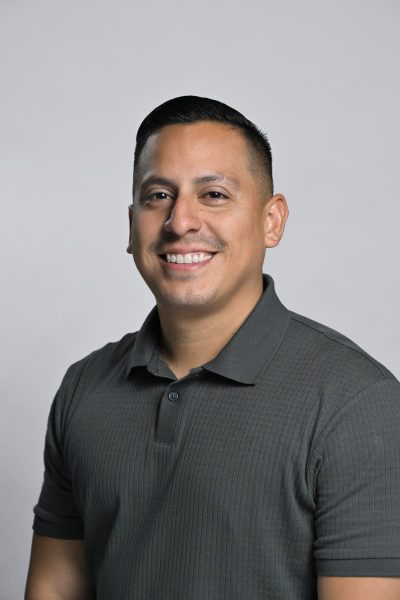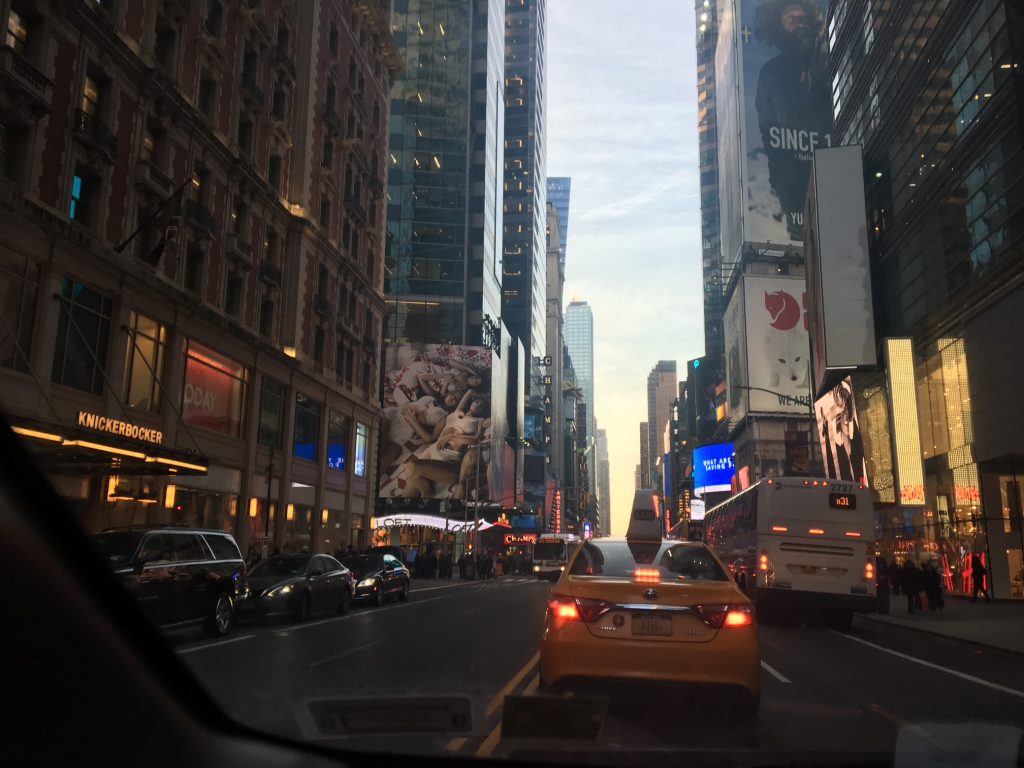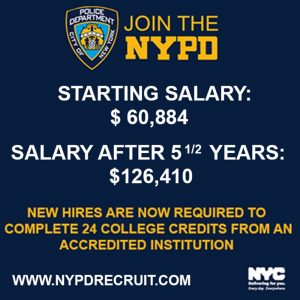By Wiston A. Rodriguez (pictured)
Special to Campus News
It’s Pride Month, and the rainbow symbol of the LGBTQ+ rights movement is on display everywhere, from social media feeds to clothing store windows. Honoring LBGTQ+ people, culture, and rights is in vogue, especially in New York City. But while there is much progress to celebrate, it is vital not to be blinded by the revelry. The quest for LBGTQ+ equality is ongoing and remains full of challenges.
As a member of the LGBTQ+ community and an industrial-organizational psychologist who studies peoples’ experiences in schools and workplaces, I am familiar with the devastating effects of persisting discrimination and why and how educators and leaders should address it.
First, consider these statistics.
In 2021, an alarming 81% of LGBTQ+ youth reported facing in-person harassment or assault while at school and 53% reported instances of cyberbullying, according to a survey by the Gay, Lesbian, Straight Education Network (GSLEN). Even in higher education, where many institutions share visible commitments to diversity and inclusion, the data paints a bleak picture. The Williams Institute at UCLA found that 33% of LGBTQ+ students at four-year colleges report instances of bullying, harassment, or assault, compared to only 19% of non-LGBTQ+ students.
In the workplace, the situation doesn’t seem any better. Another study by the Williams Institute revealed that a staggering 46% of LGBTQ+ employees report experiencing unfair treatment, with 38% reporting harassment.
These statistics hit close to home for me as someone who identifies as LGBTQ+ and Latino. Despite growing up in the San Francisco Bay area, known for its LGBTQ+ friendliness, I experienced firsthand the harsh reality reflected in these numbers. Hearing a barrage of anti-LGBTQ+ slurs became all too common for me during my school years, which chipped away at my self-worth and mental health. Even though I grew up in a relatively more accepting environment, the impact of bullying was overpowering. It was a confusing experience, clashing with my identity while being targeted with anti-LGBTQ+ slurs I didn’t fully understand. Similar to many LGBTQ+ youth, I never reported these incidents because I felt helpless, believing that nothing would be done. It’s unsettling to read in the most recent GLSEN report that even today, 62% of LGBTQ+ youth who experience harassment or bullying share this sentiment. This underscores the pressing need for change and the systemic issues that continue to affect LGBTQ+ students.
As we acknowledge the harsh realities of LGBTQ+ individuals, we must take action to create safer and more inclusive environments for all individuals. With that in mind, here are some recommendations for community college leaders, faculty, and students.
Implement Comprehensive Anti-Bullying Policies
Let’s make sure everyone understands the rules and consequences. Creating and communicating these policies teach school community members what behaviors are appropriate and the consequences for unacceptable behaviors. When schools hold perpetrators of bullying and harassment accountable, it signals to LGBTQ+ students that the school has their back, making them more likely to speak up and report instances of bullying and harassment. This is in line with previous research suggesting that LGBTQ+ students are more likely to raise concerns when they feel supported by school staff.
Establish LGBTQ+ Groups and Resources
Safe spaces are critical for LGBTQ+ students so they can connect with peers and get support from fellow students and staff. Evidence shows that having Gay Straight Alliance (GSA) groups on campus reduces victimization and increases social support, creating a more positive school climate. As a result, schools should strive to improve the presence of GSA groups, supportive staff, or other LGBTQ+ organizations and events to affirm LGBTQ+ students.
Offer LGBTQ+ Training
Continuous staff training is essential to creating an LGBTQ+-affirming environment. For example, employees can be trained to use LGBTQ+-inclusive language or create LGBTQ+-affirmative classrooms. These trainings help educators stop using biased language and turn its use into a teachable moment for students about the importance of inclusive language and the impact of harmful words.
Offer LGBTQ-Affirming Lesson Plans
Educators should tailor LGBTQ+-affirming lesson plans to fit different ages and education levels. For college students, LGBTQ+ history (e.g., violence towards LGBTQ+ individuals, intersectionality theory, heterosexism, and transphobia) can be taught. Educators can integrate LGBTQ+ content into the curriculum, such as LGBTQ+ leaders like Marsha P. Johnson and Sylvia Rivera when discussing the Civil Rights Movement.
Be an Ally
Visible allyship is crucial for creating safe spaces. Students can do this by participating in or creating mentorship programs for LGBTQ+ students, helping them navigate the school environment. School leaders should establish safe spaces within the school (e.g., counseling offices) where LGBTQ+ students can seek the counsel of peers and professionals, and can enhance their feeling of support.
Engage Families and Communities
It takes a village, right? When families and communities support LGBTQ+ students, it makes a huge difference. Schools can engage families by providing resources that promote LGBTQ+ health and well-being. For instance, the Family Acceptance Project helps families navigate reactions and adjustments when family members come out as LGBTQ+. There’s also PFLAG, an organization with several chapters across the United States, offering several resources to make the world more inclusive for LGBTQ+ people. Lastly, schools can collaborate with local LGBTQ+ organizations, community centers, and health care providers to offer additional support by hosting events, providing referrals, or organizing outreach initiatives.
In the end, creating a supportive environment for students means making sure every student feels seen, valued, and safe. By putting these recommendations into action, we’re not just making a better life for LGBTQ+ people, we’re building a better world for all. So, let’s use this Pride Month as an invitation to roll up our sleeves, get to work, and show the world what inclusivity is all about.
Wiston A. Rodriguez is a Ph.D. candidate at the CUNY Graduate Center and will start as an assistant professor of psychology at San Diego State University this fall.








Facebook Comments